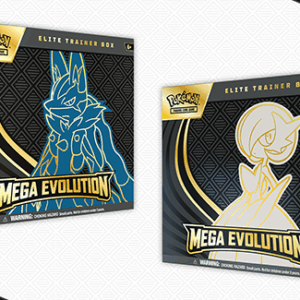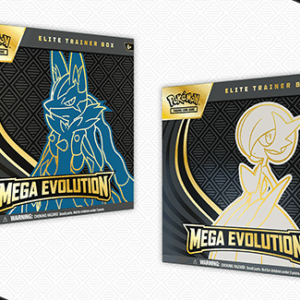In a delightful intersection of nostalgia and collectibles, a single box of 1967 Wacky Packages has many collectors and pop culture aficionados buzzing. Ravishing auction houses with its charm and rare appeal, this cherished trove recently commanded an unprecedented $79,300 at Heritage Auctions—a veritable testimony to the compelling allure of vintage oddities outside the traditional sports card realm. This impressive sum shatters the previous record of $63,084 set merely a year ago, underscoring an upward trend in the market for quirky, non-sport memorabilia.
To those unacquainted with their quirky charm, Wacky Packages may simply appear as playful parodies, yet aficionados understand their whimsical significance. Released by Topps in the summer of love, 1967, these cards invited boisterous belly-laughs with their cheeky lampoons of household brand names. The roster of parody goodies embodied items like Ritz crackers spoofed into “Ratz Crackers,” Jolly Green Giant morphed into “Jolly Mean Giant,” and a tongue-in-cheek transformation of Morton Salt into “Moron’s Salt.” Such biting wit and cartoony flair were notably graced by early contributions from Art Spiegelman, a now-renowned cartoonist who would later bag a Pulitzer Prize for his groundbreaking work, Maus.
In their initial form, these satirical stickers arrived as punch-out cards, designed to be moist with anticipation—literally, for they required licking for adhesion. Ideal for embellishing school notebooks or any surface entreating a fanciful decal, they quickly became cherished mementos in the youth culture of the late ’60s.
However, the contentious merriment was not entirely without burden. The humor hit a discordant note with numerous parodied brands who raised legal eyebrows, resulting in a scuffle that toppled some satirical soldiers. Topps eventually swapped out an unlucky dozen cards amidst this corporate ballet, expanding the original set from a modest 44 to a jubilant 56 cards. As the gavel of justice struck, a cloud of litigation loomed overhead yet swayed no hearts, encouraging Topps to capitalize on the hype by unleashing “Wacky Ads” in 1969.
The zany parade of witticisms resumed in earnest by 1973 with a fresh iteration of peel-and-stick designs, setting playtime precedence that rivaled the throne long held by baseball cards. Whether plastered upon pencil boxes or locker doors, these humorous stickers were seen as badges of whimsy and rebellion.
Though the series observed a pause from 1992 to 2004—a hiatus coinciding with the era’s shifting pop culture landscape—Wacky Packages never truly retired into obscurity. Through strategic revivals and the perpetual winds of nostalgia, they kept up a reverent fanbase, steadfast among collectors and ardent fans of all things retro. It’s the intersecting paths of nostalgia and historical kitsch that continue to propel these collectibles to new and resplendent heights.
Propelling the old adage that “what’s old is new again,” the booming price tag on this antique box serves as a poignant reminder that the appetite for vintage oddities remains unsatiated. The soaring exchange is emblematic of a broader phenomenon, inviting wider recognition and renewed interest in the domain of non-sport cards and unopened collectible boxes. The parallels to tangible artworks or rare coins are unmistakable—each piece a snippet of temporal culture, a time-capsule ensconced in the amber of history.
The singular records from this auction thus mark an invigorating moment. Though they may seem quirky and perhaps eccentric to some, Wacky Packages embody much more than humorist stickers; they encapsulate an enticing blend of artistic value and cultural narrative. As such, their remarkable climb to fame—and to this newfound financial zenith—indubitably frames them as treasures worthy of any collector’s affectionate gaze.
At a time when modernity embraces digitized everything, there’s something profoundly reassuring about these small rectangles packed with punchy nostalgia. They symbolize the childish glee and unreserved creativity of yesteryear, proving eager to charm future generations well beyond the sticker books and attics they once called home. As the auction’s ink dries, perhaps it serves to remind us all: history repeats itself, hilariously and timelessly—albeit, sometimes for a price.






